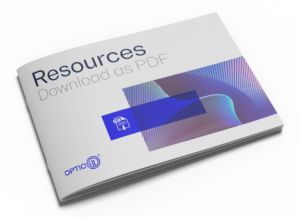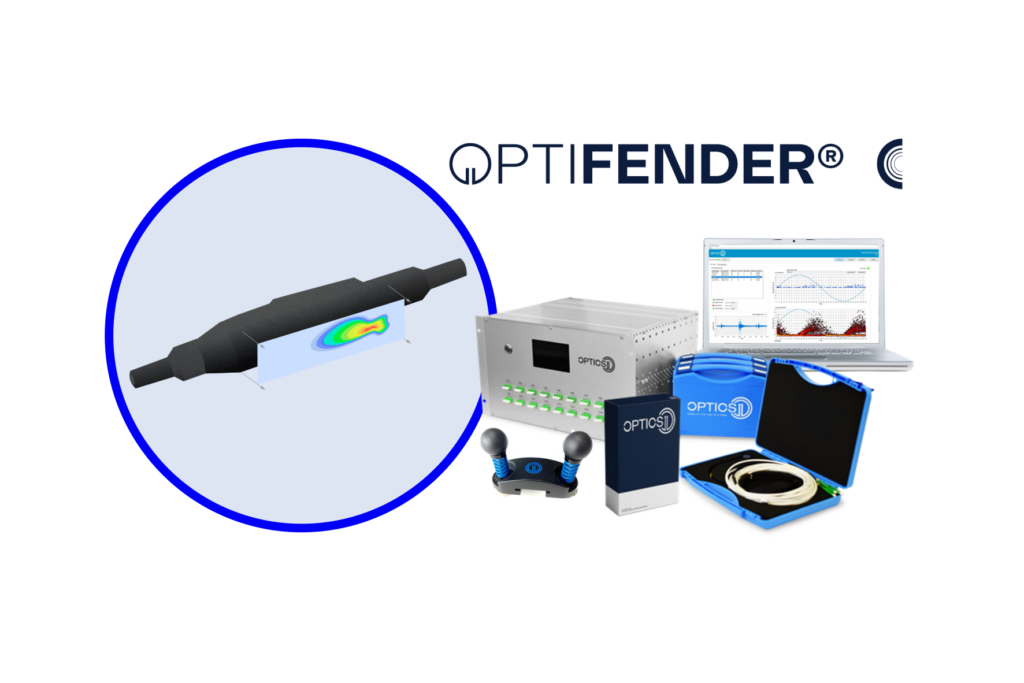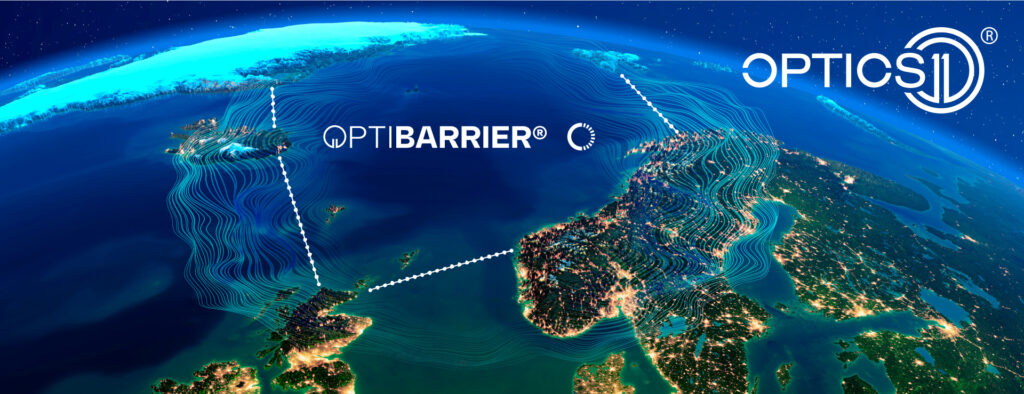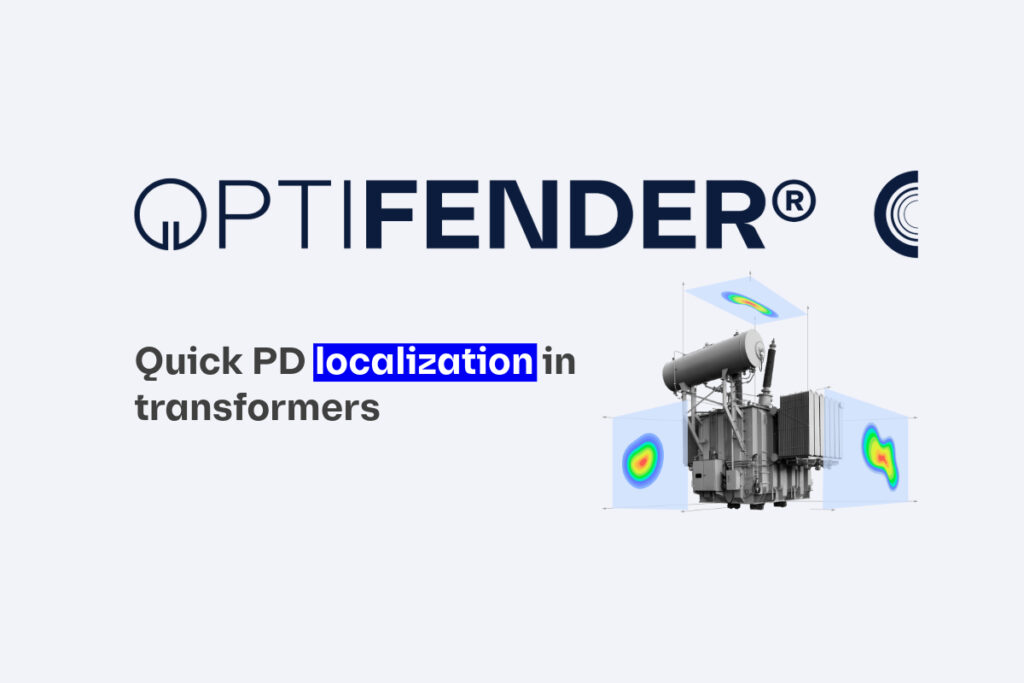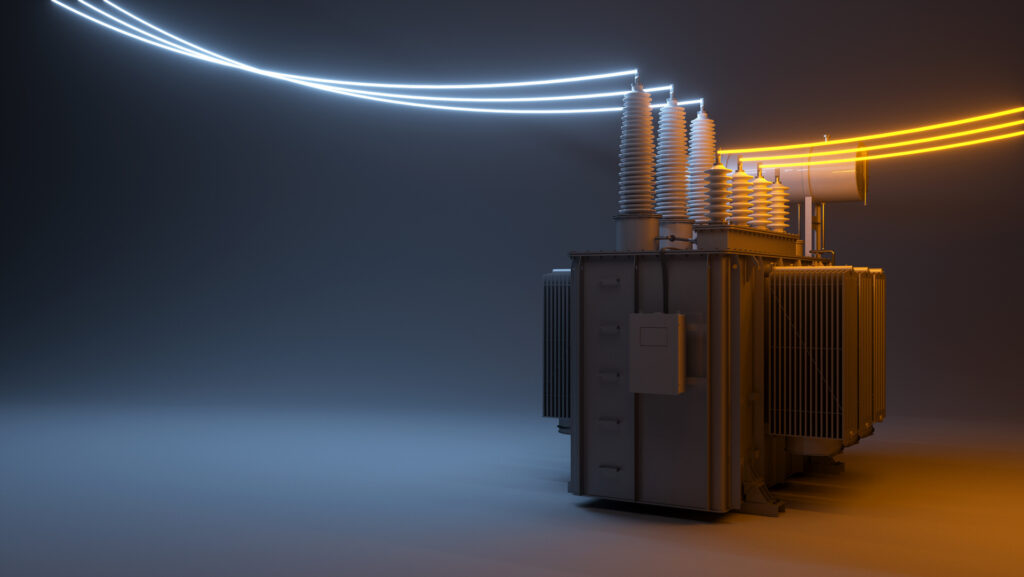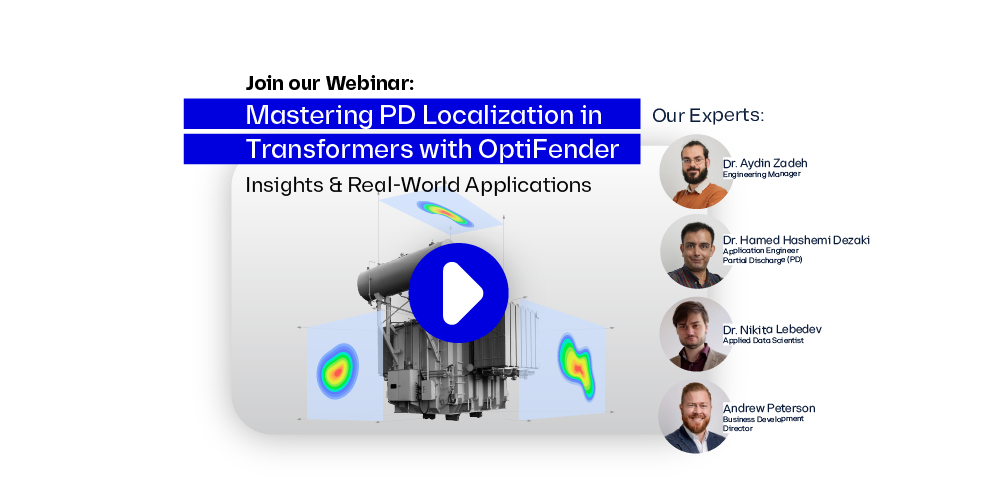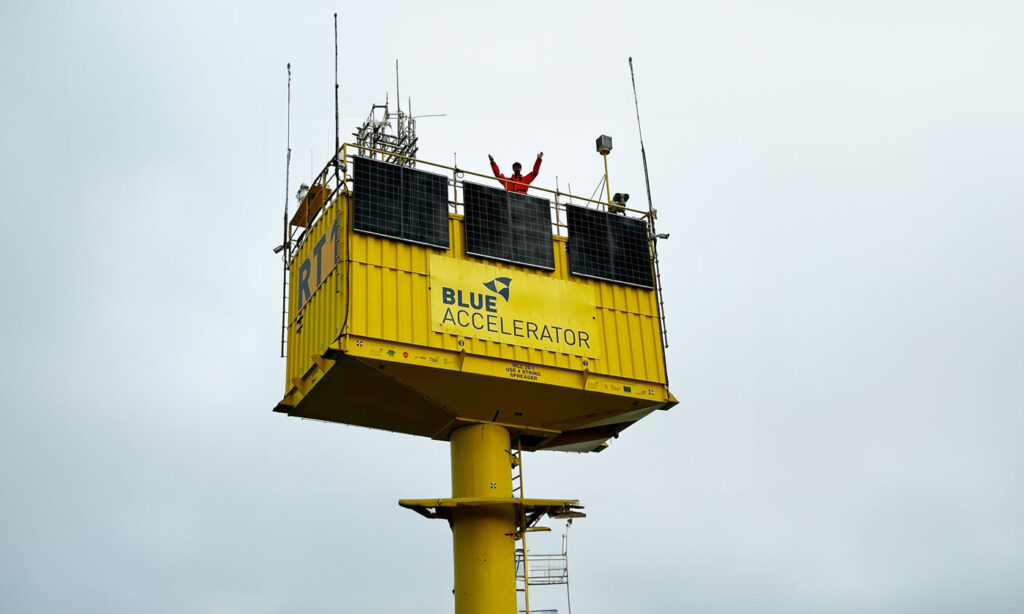What we are going to talk about:
IEEE standard for Fiber Optic Sensors – Fiber Bragg Grating Interrogator Standard – Terminology and Definitions, approved in February 2021 (IEEE Std 2067-2021)
Meet our expert:
Dr.-Ing. Selwan K. Ibrahim, R&D manager at Optics11 – leader of the FBG interrogator development team in Ireland, member of a working group of technical experts developing the standard.
Read about Selwan’s perspective on standards creation and the importance of their adoption in the fiber optic sensing industry
What are the main purposes of creating a standard in the fiber optic sensing industry?
- Standardization of definitions and test methods
- Facilitation of broad usage of fiber-optic Bragg grating sensors in various applications
- Listing key performance parameters to allow comparability of systems among competitors
Standardization of fiber optic sensors, definitions, and test methods is required to improve the quality and value of products. Some effort has already been made by industry-standard bodies such as IEC and SEAFOM. However, fiber sensing users face a lot of confusion when deciding what FBG interrogators should they use and how to compare specifications between the different commercial interrogators available on the market. The recently published IEEE std 2067-2021 standard was developed to clarify definitions and eliminate the ambiguity of specifications. Ultimately, its purpose is to facilitate the broad usage of fiber optic Bragg grating sensors in a multitude of applications. Among those applications are, civil structure health monitoring SHM, avionics, security, defense, energy, environmental, medical diagnostics, etc.
It also offers a list of the key performance parameters needed to fully describe a Bragg grating-based sensor system and allows the end-user to readily compare systems from different suppliers for specific applications.
What are the main challenges in the process of creating a standard?
Some of the main challenges in creating a standard relates to the length of time it takes to develop and approve, finding the balance between the number of parties involved in developing and accepting the standard, and keeping the technical details focused within the standard scope.
What is the most exciting about the final result?
The particularly exciting part about developing new industry standards is the ability to collaborate with highly skilled technical experts and organizations within a well-respected standard body IEEE and deliver a standard that can expand the fiber sensing market.
What is the impact of adopting industry standards on the future of fiber optic sensing?
An example of the impact of standards is the IEEE 802.3 Ethernet standard that has evolved over decades covering copper, wireless, and fiber optic transmission media and made computer networking cost-effective and available for a wide audience. The goal is to have the same impact on the fiber sensing field making it adopted by a wider range of industries.
written by Dr.-Ing. Selwan K. Ibrahim, R&D manager at Optics11

